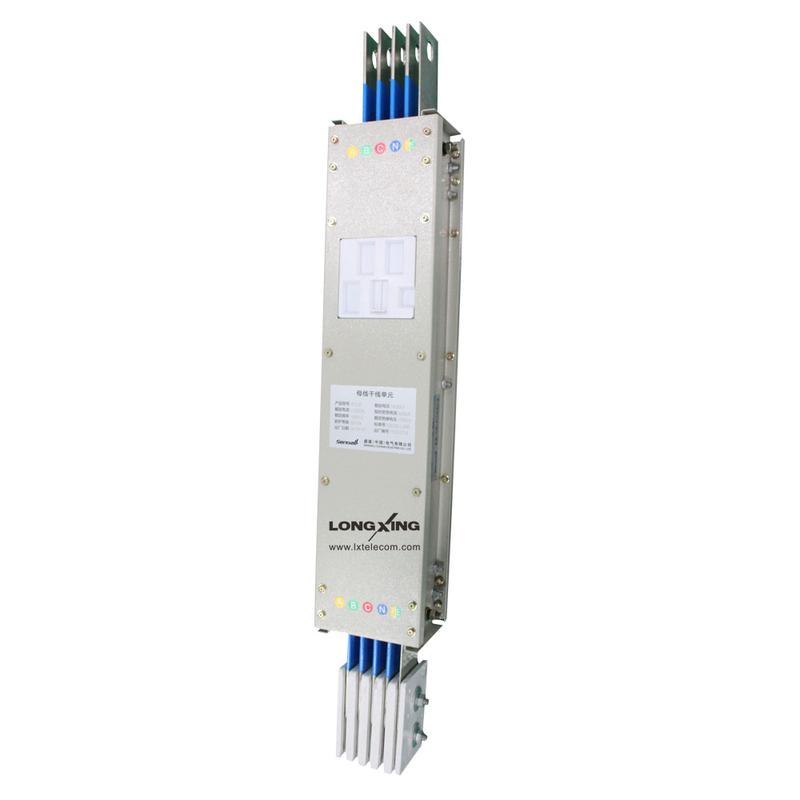In the realm of electrical power distribution, the choice between busbar trunking systems and traditional cable distribution systems is a critical decision that impacts both upfront costs and long-term operational efficiency. Let’s delve into a comprehensive cost-benefit analysis to understand the advantages and drawbacks of each system.
Cost Analysis:
Busbar Trunking Systems:
- Installation Cost: Busbar trunking systems often entail lower installation costs compared to traditional cables due to their ease of mounting and reduced labor requirements.
- Material Cost: While busbar trunking systems may have higher material costs initially, their longevity and durability often result in lower overall costs over the system’s lifecycle.
- Maintenance Cost: Busbar trunking systems typically require less maintenance compared to traditional cables, leading to potential savings in maintenance expenses over time.
Traditional Cable Distribution Systems:
- Installation Cost: Traditional cable distribution systems may incur higher installation costs due to the labor-intensive nature of cable laying and termination.
- Material Cost: While cables themselves may be cheaper than busbars, the overall material cost can escalate due to the need for additional accessories such as conduits, trays, and support structures.
- Maintenance Cost: Traditional cable systems often require more frequent maintenance, including inspections, repairs, and replacements, leading to higher long-term maintenance costs.
Benefit Analysis:
Busbar Trunking Systems:
- Space Efficiency: Busbar trunking systems occupy less space compared to traditional cable systems, offering more flexibility in design and layout.
- Safety: Busbar trunking systems are inherently safer due to reduced risk of electrical faults, short circuits, and fire hazards, enhancing overall workplace safety.
Traditional Cable Distribution Systems:
- Flexibility: Traditional cable systems may offer more flexibility in terms of routing and customization, especially in complex layouts or retrofitting scenarios.
- Compatibility: Traditional cables are widely used and understood, making them a familiar choice for many installers and engineers.
Conclusion:
In conclusion, while both busbar trunking systems and traditional cable distribution systems have their merits, the former often prove to be more cost-effective and efficient in the long run. With lower installation and maintenance costs, along with benefits such as space efficiency and enhanced safety, busbar trunking systems emerge as a compelling choice for modern electrical installations.
Manikaran: Your Trusted Partner for Busbar Trunking System Installation Services in India. For seamless implementation of busbar trunking systems, trust Manikaran, a leading provider of Busbar trunking system installation services in India. With expertise and commitment to quality, Manikaran ensures efficient and reliable installations tailored to your specific needs.
In summary, when considering the cost-effectiveness and benefits of busbar trunking systems versus traditional cable distribution systems, the former often emerges as the superior choice for modern electrical installations.

